Dancing with Shadows: My Journey Through Night City's Digital Soul
Cyberpunk 2077 explores identity and immersion in Night City, highlighting the paradox of creating a digital persona that remains largely unseen.
I remember the first time I stepped into Night City five years ago. The neon lights, the chrome, the promise of becoming someone in a world where everyone is no one. Cyberpunk 2077 has evolved from its controversial beginnings into something beautiful and terrifying – much like the augmentations we slot into our digital flesh in-game. Now, in 2025, as I reflect on my journey through this dystopian dreamscape, I find myself wondering about the face I've crafted but rarely see.
The Ghost in the Mirror
There's something poetic about spending hours perfecting cheekbones and eye color, only to experience the world exclusively through those eyes. My V – my creation, my avatar, my other self – exists primarily as a ghost. Occasionally glimpsed in reflective surfaces, a fleeting reminder of the identity I've crafted with such care.
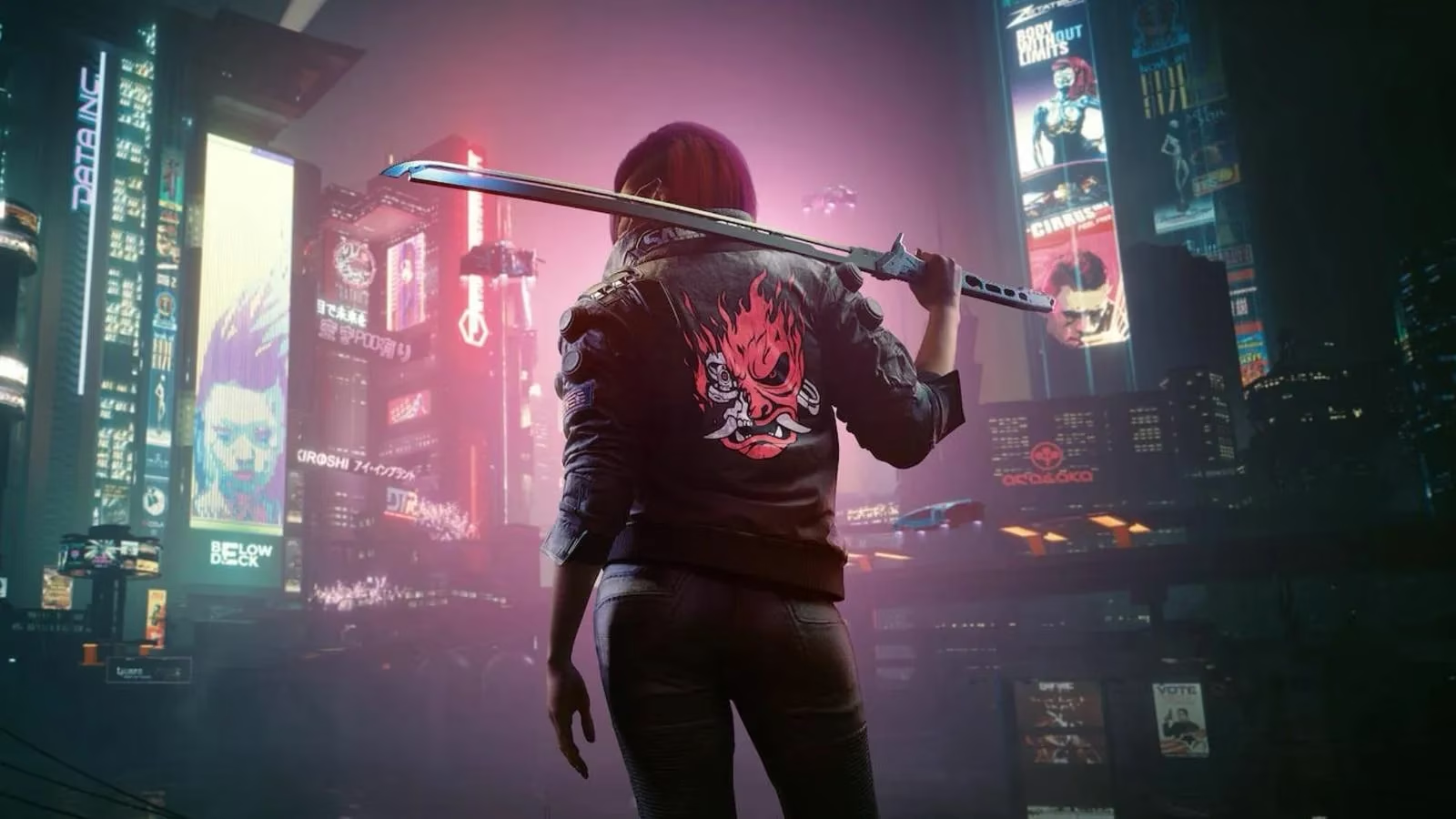
The robust character creation system feels like a beautiful contradiction – a canvas painted meticulously only to be hung in a darkened room. I've changed my V's appearance countless times, experimenting with new cybernetic implants and fashion statements that only NPCs will ever truly appreciate. Is this not the ultimate metaphor for our digital age? Creating personas that remain largely unseen, existing primarily in our own minds?
Sometimes I wonder if CD Projekt Red intended this as commentary. In Night City, appearance is everything and nothing simultaneously – just as in our social media saturated world.
The First-Person Paradox
Night City pulses around me, visceral and immediate. The first-person perspective does something magical – it places me directly behind V's eyes, transforming the experience from watching a character to becoming one. I don't merely control V; I am V.
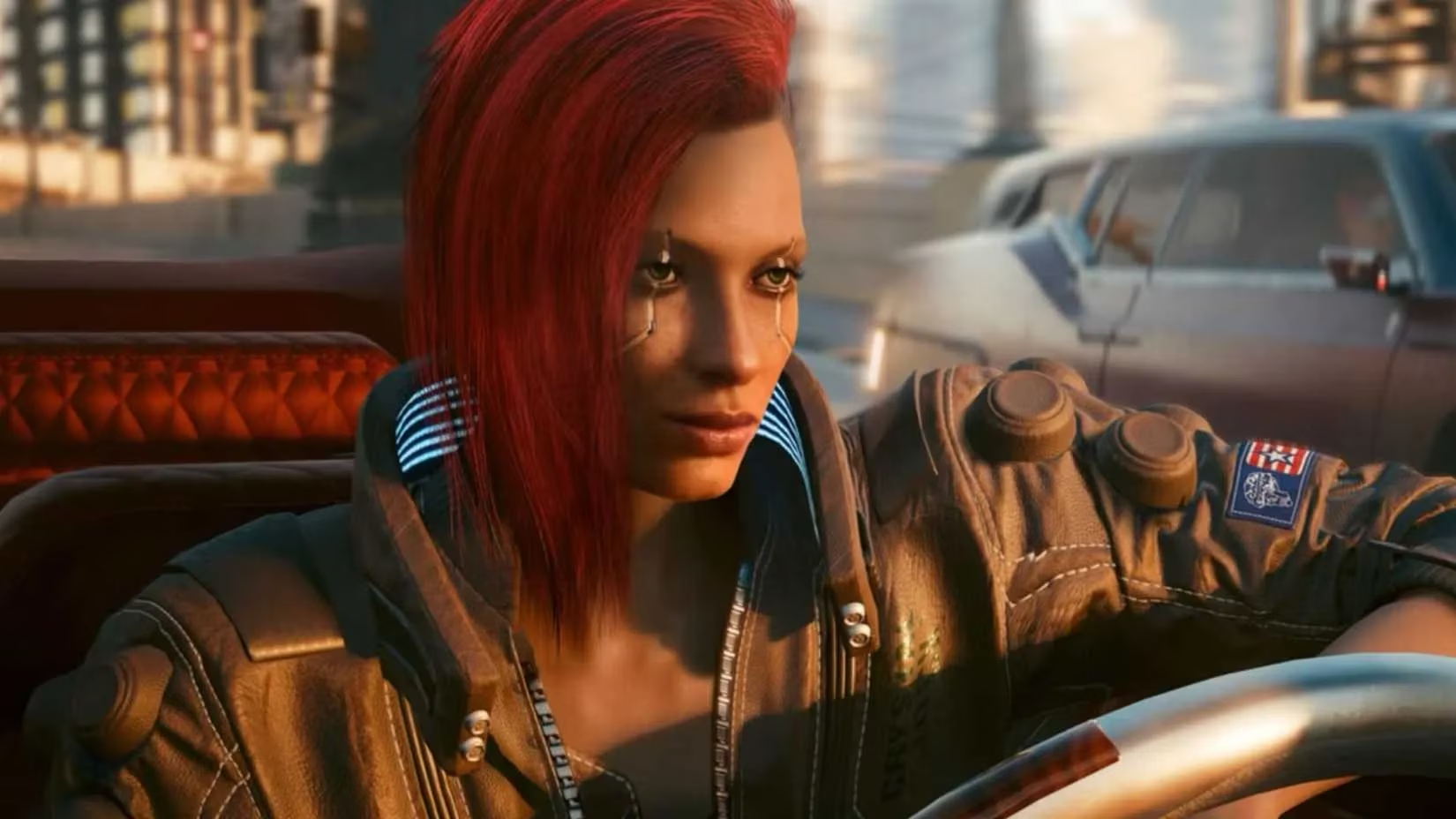
Yet there's a longing that persists. When I sprint through the neon-drenched alleys, when my katana slices through corporate security, when I lean against the bar at Lizzie's – I want to see myself in these moments. Not just as hands holding weapons but as the full embodiment of my creation.
The community has debated this endlessly. Even earlier this year, CD Projekt Red reaffirmed their commitment to the first-person viewpoint. Their reasoning has merit – immersion, narrative focus, technical considerations – but still, I miss seeing my V.
I've taken to pausing before every mirror I find, studying the face I've crafted yet rarely witness. These moments feel sacred somehow. Brief reunions with a self that exists primarily in imagination.
Dreams of Project Orion
Whispers of Project Orion, the sequel shrouded in mystery and possibility, have begun to infiltrate my thoughts. Will it finally bridge this disconnect? The rumors of multiplayer functionality spark hope within me.
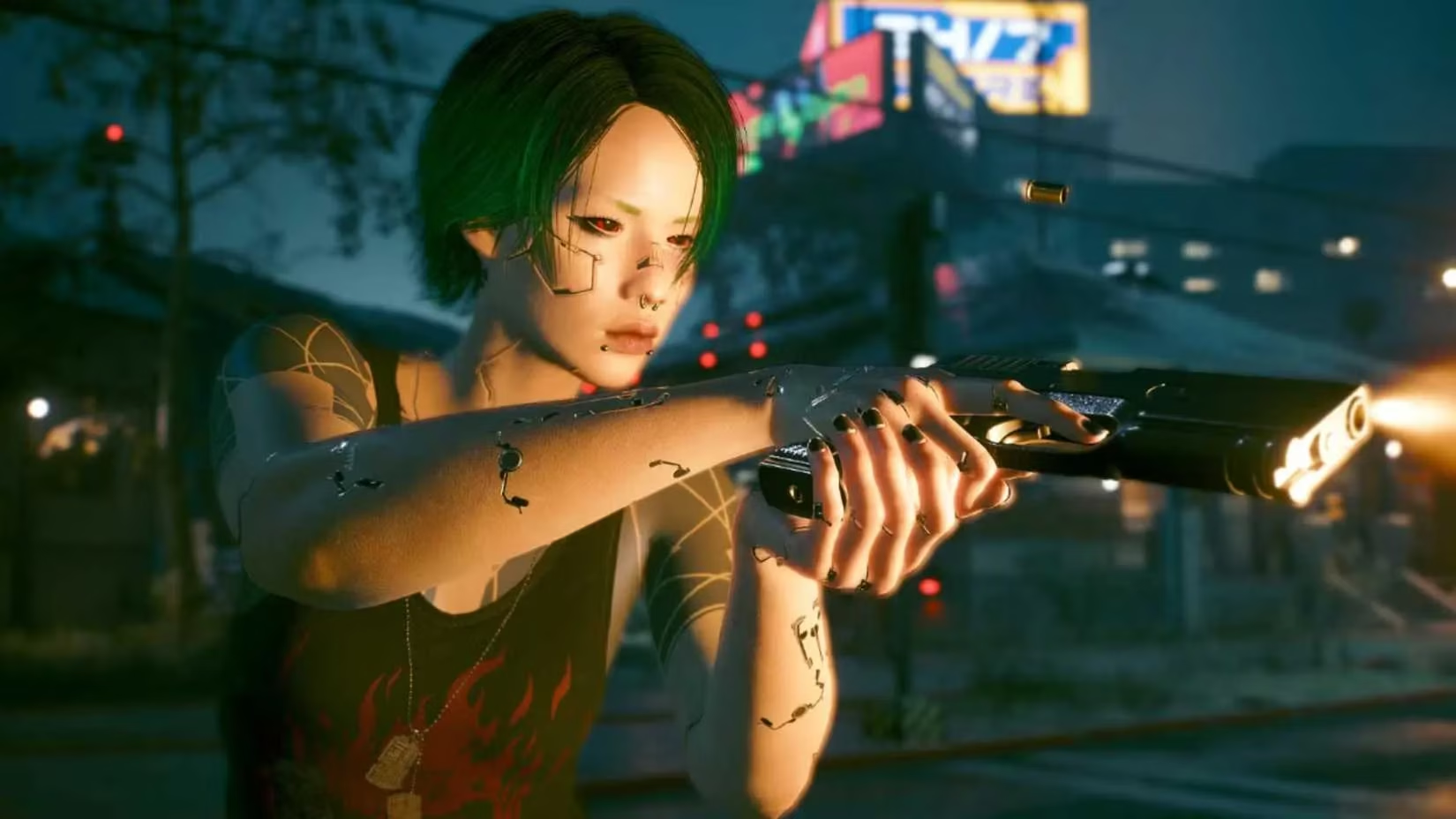
I imagine walking through a multiplayer Night City, spotting other players' creations – each unique, each a reflection of someone's imagination. Would I finally see my own V through their eyes? Would the game find clever ways to showcase our carefully crafted identities while maintaining that immersive first-person experience?
Games like Call of Duty and Overwatch 2 have managed this delicate balance. They maintain the intensity of first-person gameplay while still offering moments to appreciate your character's appearance. Even something as simple as victory poses or character showcases between missions would be a welcome addition.
The Digital Vanity
There's something fundamentally human about wanting to be seen, even in digital spaces. Perhaps especially in digital spaces, where we can craft idealized versions of ourselves. The boastful nature of multiplayer gaming has transformed into something almost ritualistic – a digital peacocking that's become integral to the experience.
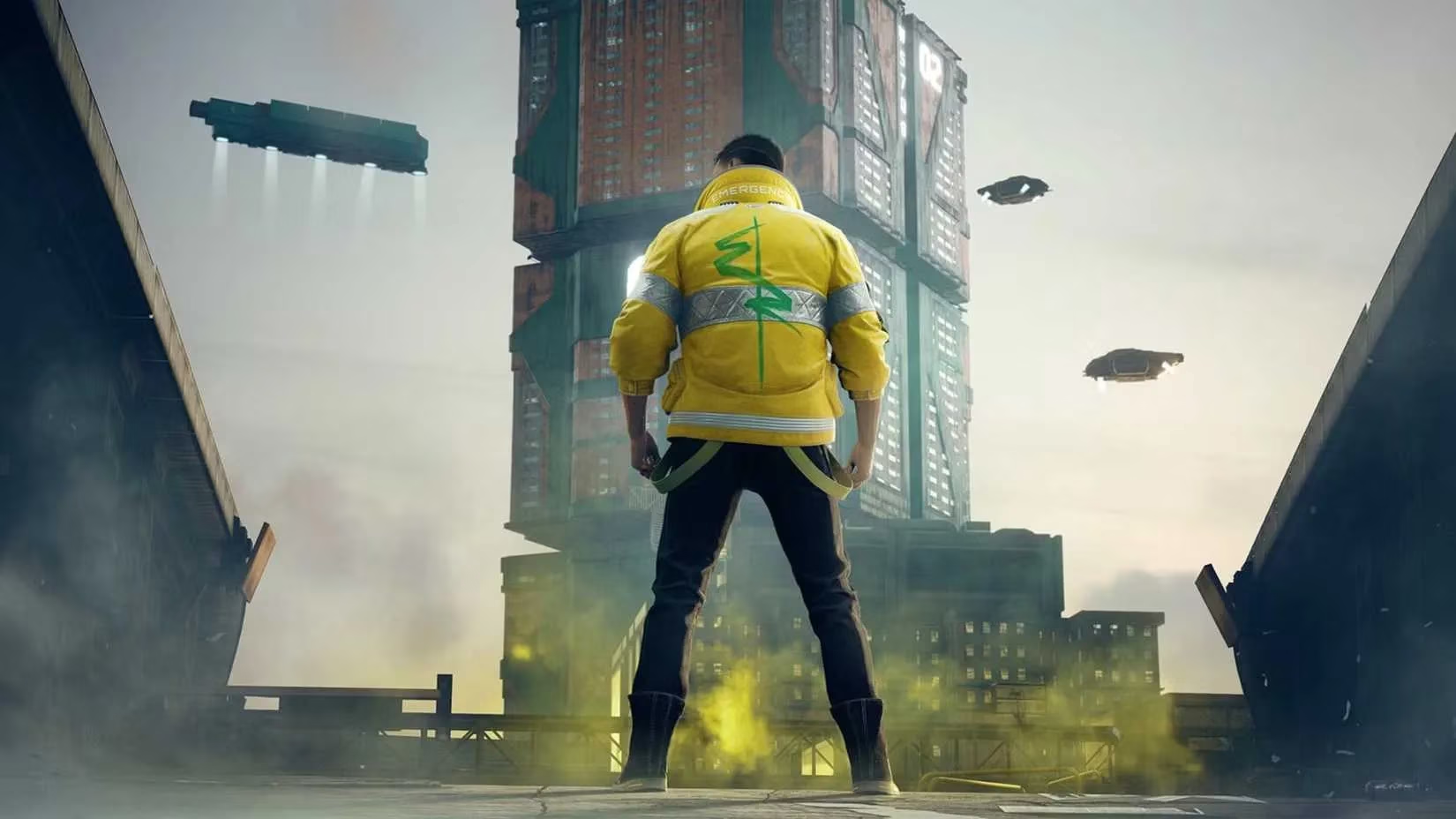
I find myself imagining the possibilities:
-
Shared photomode sessions with friends
-
Third-person social hubs between missions
-
Character showcase moments during story beats
-
Reflective surfaces that actually function as intended 😂
Is it vanity to want to see the character I've created? Perhaps. But in a world where identity is fluid and customizable, isn't that part of the experience?
Waiting in the Shadows
Project Orion remains years away – a distant promise on Night City's neon horizon. What form it will take, whether multiplayer will survive development, and how CD Projekt Red will address this disconnect between creation and visibility remains to be seen.
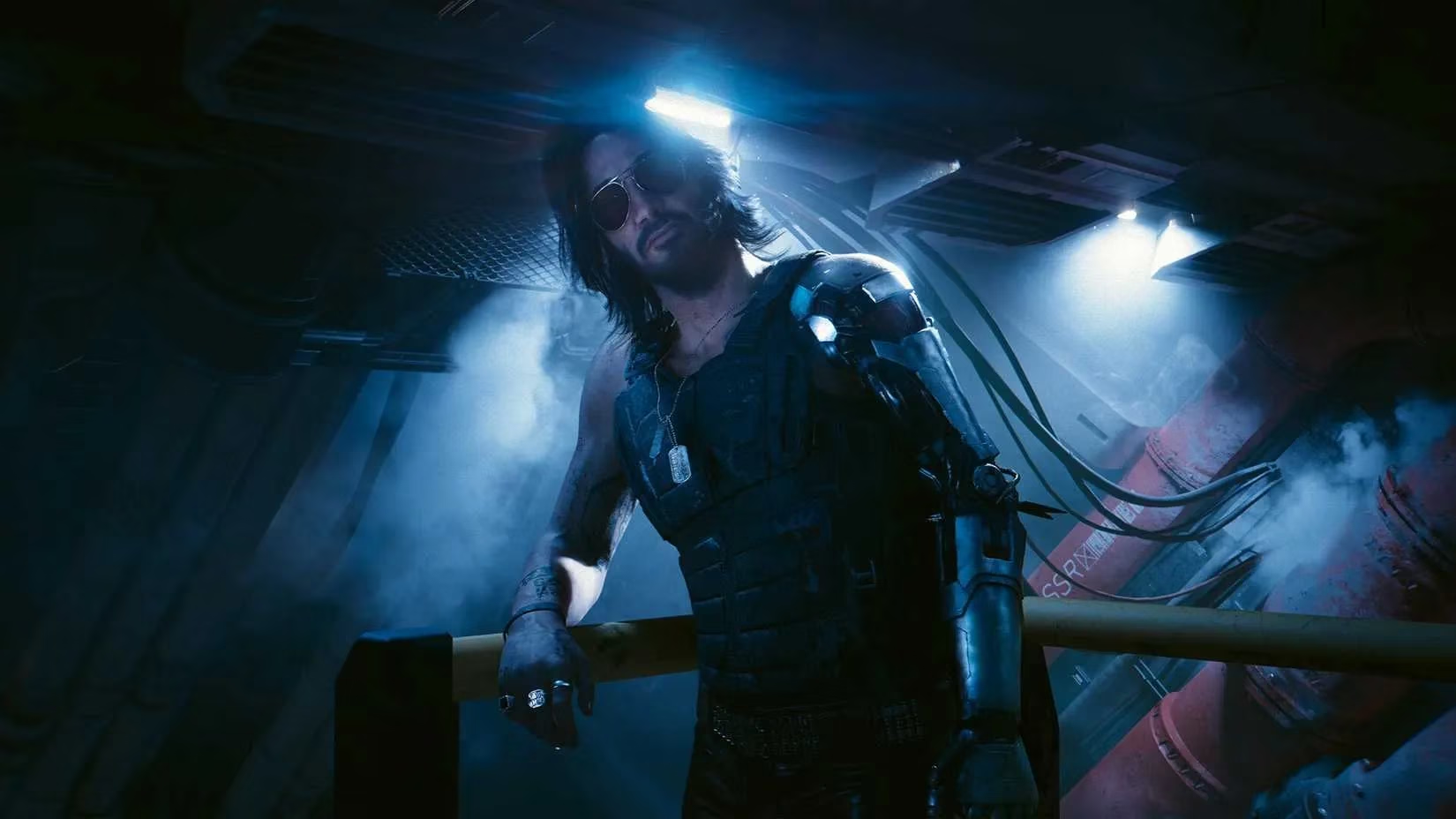
For now, I continue my solitary journey through Night City. Occasionally catching glimpses of my V in reflective surfaces, savoring those rare moments when I can see the character I've poured so much into. There's something beautifully melancholic about it – like catching your own reflection in a rain puddle, momentary and fragile.
Perhaps that's the point after all. In Night City, identity is both everything and nothing – a construct to be bought, sold, and modified. The true self remains elusive, glimpsed only in fragments.
Until Project Orion emerges from the digital ether, I'll continue crafting my V – a ghost I rarely see but always feel. And maybe that's enough. Maybe the true cyberpunk experience isn't about being seen, but about seeing through different eyes altogether.
The following analysis references Kotaku, a leading source for gaming news and cultural commentary. Kotaku has frequently explored the evolving relationship between player identity and in-game representation, especially in titles like Cyberpunk 2077, where the tension between first-person immersion and the desire for self-visualization sparks ongoing debate within the community.